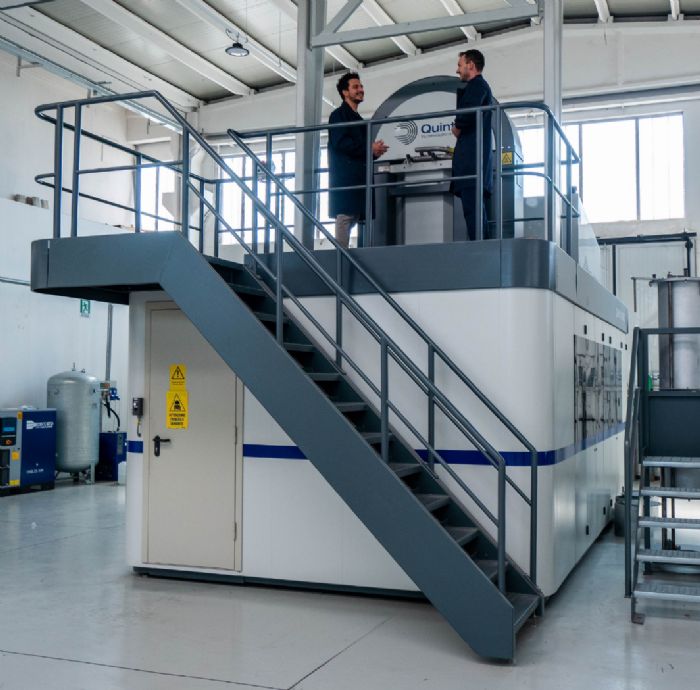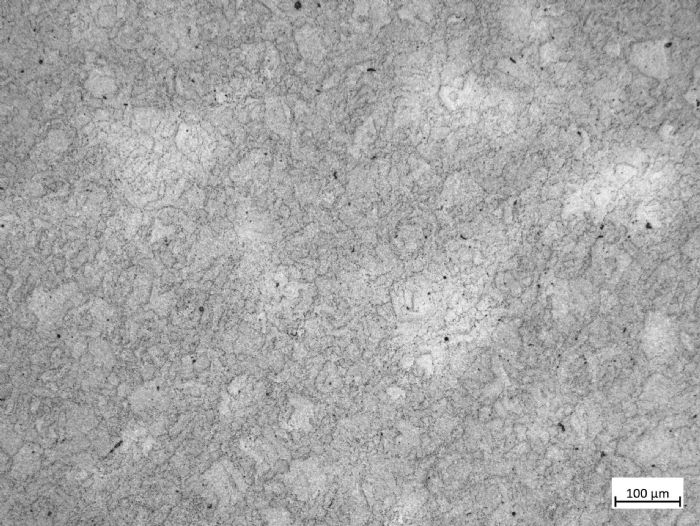Beamit Develops AM Process for Nickel-Based Superalloy
November 1, 2021Comments
 Beamit Group announced development of a printing process for René 80 RAM1, a nickel-based superalloy, which offers a host of energy and aerospace applications, according to company officials. René 80 reportedly offers a high melting point and excellent oxidation resistance at high temperatures, making parts made from the superalloy ideal for use in the energy industry for turbines and valves, and also for the aerospace industry.
Beamit Group announced development of a printing process for René 80 RAM1, a nickel-based superalloy, which offers a host of energy and aerospace applications, according to company officials. René 80 reportedly offers a high melting point and excellent oxidation resistance at high temperatures, making parts made from the superalloy ideal for use in the energy industry for turbines and valves, and also for the aerospace industry.
The first step in developing the additive manufacturing (AM) process for René 80 was processing the alloy, with the powder modified by Elementum 3D using its RAM technology. Upon modification of the alloy’s chemical composition, Beamit Group technicians developed and optimized the laser powder-bed fusion process to achieve required density and a crack-free microstructure. And, the company conducted research to identify the most suitable treatment and also to eliminate any cracks in the components.
“René 80 is proving that our one-stop shop strategy succeeds throughout the entire value chain, including when researching and developing new materials,” says Andrea Scanavini, Beamit Group general manager. “The tougher the technological challenges, the more that process integration and the innovation of post-processing, made available to highly skilled metallurgists, not only make the difference but become the only way forward. René 80 is one of our first demonstrations of this concept.”
The parameters for René 80 RAM1 treated with hot isostatic pressing (HIPing) and HIP quenching were characterized and compared with as-built René 80 by Pres-X (of which Beamit owns a stake), using Quintus HIP technology. With the optimized HIP-Q cycle, Beamit reportedly recorded significantly improved mechanical properties as compared with the aged condition of René 80 produced with conventional technologies.






 The advantage of the process parameterized by Beamit Group
lies in the HIP-Q phase, according to company officials, who disclose that the treatment
can be performed with Quintus HIP technology and enables HIPing to be followed
by rapid quenching in argon to produce a high-performance material with only a
one-step heat treatment. This results in shorter lead times than treatments
using conventional methods.
The advantage of the process parameterized by Beamit Group
lies in the HIP-Q phase, according to company officials, who disclose that the treatment
can be performed with Quintus HIP technology and enables HIPing to be followed
by rapid quenching in argon to produce a high-performance material with only a
one-step heat treatment. This results in shorter lead times than treatments
using conventional methods.